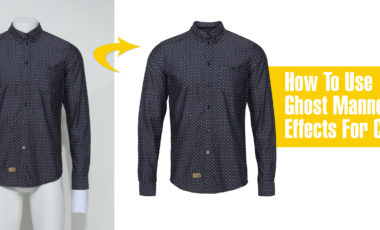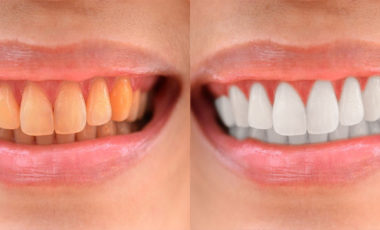Tips for taking great underwater shootings
admin
August 14,2017

The underwater environment always can create shimmering and unique images. If you have not tried this style of shooting, the following general guidelines may help you a lot.
Underwater photography is a unique type of photography, and images taken in this way are eye-catching and attractive. However, capturing such images requires extensive experience, techniques, and expensive equipment. If you have a sea trip, try practicing and shooting underwater as some guidelines in this article.
Practice in the swimming pool

If you plan to take pictures in the sea, you should try shooting in a swimming pool first. The indispensable thing is a protective bag. Most popular point-and-shoot cameras and DSLRs are available plastic bags to hold the camera and lens. This is a waterproof bag which can help you avoid water injections. Also, a polarizing filter will help reduce unwanted reflections from water.
Capture movements
You should practice keeping yourself under water for long period of time and holding the camera stable. Set low ISO to get the smooth image without noise. You can use the flash on the camera when shooting in the pool to catch the movement. you can wear goggles if you can not keep your eyes open for long periods of time.
Splitting water

The challenge that photographers face is the difference between the exposure value above and under water.
This happens due to the refraction under the water, affecting the upper part. However, this can be overcome by using a dedicated split diopter filter.
Hold the camera stable
Keeping a camera underwater stably is a challenge for anyone because water always move. So the photographer needs to practice diving and familiarize with the movement of water. Do not hold the camera with one hand, you can also ask for the help of friends or use a rock to stabilize the body.
Light

When shooting underwater, you will need to use a dedicated Flash, also known as a Strobe. An ordinary flash will not be bright enough to capture things under water. Under such conditions, setting the ISO to the lowest level can cause the image noise.
Take Macro underwater image
We can use Macro mode to get some gorgeous pictures. Use a macro lens (usually 50mm – 200mm) to focus on the subject. It is best to shoot in RAW format, it will be easier to use color grading software later. Photos in RAW format will retain good quality after undergoing color grading.
Prevent color from fading

One of the biggest obstacles in underwater photography is the “loss” or blurring of color and contrast. In water, everything seems blue or green. The reason is due to the color is absorbed by the water. Color fading occurs both horizontally and vertically, making the distant object appear colorless and vague. This problem can be solved by capturing the object as close as possible or using flash.
Recommended settings
When shooting underwater, set the lowest ISO to minimize noise. You will need a shutter speed of 1 / 125s – / 500s to freeze the movement. For example, when shooting a fish, you can use a small aperture (f / 11-f / 20) for depth of field, sharp subjects. Taken in RAW mode for easier color correction at the post-production.
The recommended equipment
As mentioned above, waterproof bags for cameras are essential when shooting in the sea. You will need a flash if you take photos in dark areas.
The best types of lenses to use in water are the macro and wide-angle lens. Telephoto lenses are useless because they will not have enough light to produce sharp images.
Conclusion
Underwater photography is a big challenge and can also be very expensive. However, if you want to pursue this style, invest in the necessary equipment. Be patient and persistent, and do not forget the rules of layout and focus. Wish you have the picture really perfect and impressive.















Leave a Reply